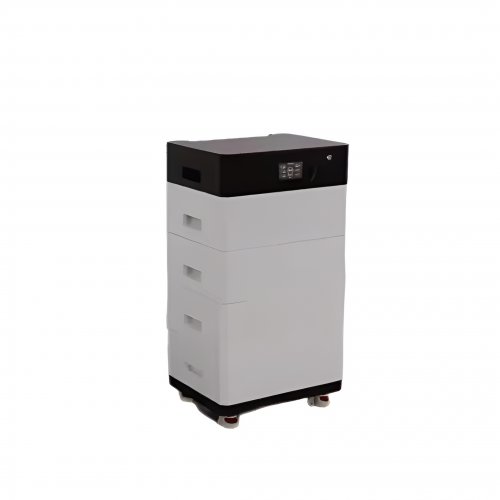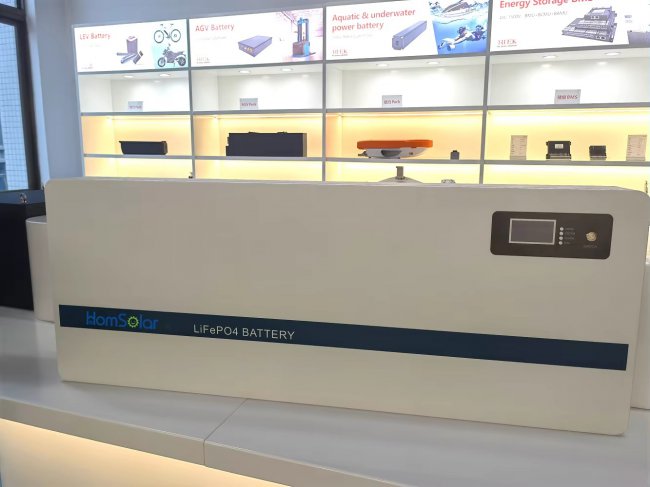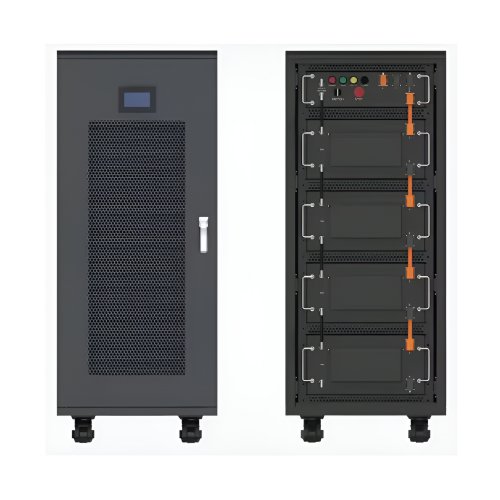Advances In Electrochemical Impedance Spectroscopy: Novel Methodologies, Data Science Integration, And Multiscale Applications
Electrochemical Impedance Spectroscopy (EIS) remains one of the most powerful and versatile techniques for interrogating electrochemical systems. By applying a small amplitude alternating potential or current over a wide range of frequencies and measuring the system's response, EIS provides a wealth of information about interfacial processes, reaction kinetics, and mass transport. Recent years have witnessed remarkable advancements that are transforming EIS from a primarily specialist tool into a more robust, accessible, and information-rich methodology, driven by innovations in hardware, data interpretation, and application scope.
Technical Breakthroughs and Methodological Innovations
A significant frontier in EIS development is the move beyond traditional stationary measurement.Dynamicortime-resolvedEIS has emerged as a critical advancement for studying non-stationary systems, such as batteries during cycling, corroding surfaces, or rapidly evolving electrocatalysts. Techniques like the multi-sine excitation method, where a spectrum of frequencies is applied simultaneously instead of sequentially, allow for the acquisition of a full impedance spectrum in seconds or milliseconds. This has been pivotal for probing lithium-ion battery degradation mechanismsin operando, capturing transient intermediates in electrocatalysis, and monitoring the early stages of coating failure. For instance, recent work by Daemi et al. (2022) employed high-speed EIS to map heterogeneities across the surface of a working battery electrode, revealing spatial variations in state-of-charge and degradation that are invisible to conventional methods.
Furthermore, the integration of EIS with other analytical techniques, a approach known asmulti-modalorhyphenatedanalysis, is providing unprecedented correlative insights. Combining EIS with techniques like Atomic Force Microscopy (AFM) or Scanning Electrochemical Microscopy (SECM) allows for the direct correlation of local electrochemical activity with topographical or chemical information. For example, EIS-AFM has been used to study the formation and evolution of the solid-electrolyte interphase (SEI) on anode materials, linking its nanomechanical properties with its ionic resistance.
The Data Science Revolution in EIS Interpretation
Perhaps the most transformative trend is the incorporation of machine learning (ML) and artificial intelligence (AI) into the EIS workflow. The classical approach to EIS analysis relies on constructing an Equivalent Circuit Model (ECM), which is often a non-trivial and subjective process prone to overfitting, especially for complex, distributed systems.
ML algorithms are now being deployed to overcome these challenges. Supervised learning models can be trained on vast synthetic or experimental datasets to directly extract physicochemical parameters (e.g., corrosion rate, state-of-health) from raw impedance data without the need for an explicit ECM. Unsupervised learning techniques, such as clustering, can identify patterns and classify different states or failure modes in electrochemical systems, a powerful tool for quality control and prognostics. For instance, researchers have developed deep neural networks that can diagnose battery aging mechanisms (loss of lithium inventory vs. loss of active material) from a single EIS measurement with high accuracy, a task that is extremely difficult with traditional fitting (Mendez et al., 2023).
Moreover, ML is accelerating the development of robust ECMs by automatically suggesting optimal circuit topologies and initial fitting parameters, thereby reducing human bias and analysis time. This data-centric approach is making sophisticated EIS analysis more accessible to non-experts.
Expanding Application Horizons
These technological and analytical advances have unlocked new application domains. In biosensing and biomedical engineering, EIS is the cornerstone of label-free, highly sensitive detection platforms. Recent breakthroughs involve the development of nanostructured electrodes and antifouling coatings that enhance sensitivity and specificity for detecting biomarkers, pathogens, and DNA. Wearable EIS-based sensors for continuous monitoring of metabolites like glucose or lactate are now moving from proof-of-concept to commercial development.
In the energy sector, beyond lithium-ion batteries, EIS is indispensable for the development of next-generation technologies. It is used to characterize charge transfer and degradation processes in solid-state batteries, to optimize ion transport in fuel cells and electrolyzers, and to evaluate the performance of novel photoelectrodes for solar fuel production. The application of EIS in these complex, multi-phase systems is providing critical insights that guide materials design and engineering.
Future Outlook and Challenges
The future of EIS is bright and points towards even greater integration, miniaturization, and intelligence. The development of miniaturized, low-cost potentiostats capable of EIS is enabling distributed sensing networks for industrial condition monitoring and environmental sensing. The concept of the "Impedance Cloud," where EIS data from countless devices (e.g., every battery in a fleet of electric vehicles) is continuously uploaded and analyzed by cloud-based AI, promises a new era of predictive maintenance and fundamental scientific discovery through big data analytics.
Key challenges remain. For time-resolved EIS, accurately interpreting data from strongly non-linear systems requires new theoretical frameworks. The widespread adoption of ML necessitates large, high-quality, and well-annotated datasets, which are often scarce. Furthermore, ensuring the physical interpretability of "black-box" ML models is crucial for gaining scientific insight, not just making predictions.
In conclusion, Electrochemical Impedance Spectroscopy is undergoing a renaissance. Through innovations in dynamic measurement, synergistic coupling with other techniques, and the powerful embrace of data science, EIS is solidifying its role as a critical tool for addressing some of the world's most pressing challenges in energy, healthcare, and materials science. The journey from a frequency-domain curiosity to an intelligent, multi-dimensional diagnostic engine is well underway.
References:Daemi, S. R., et al. (2022). "Tracking the dynamic evolution of interfacial and spatial heterogeneity in Li-ion batteries using advanced operando techniques."Nature Communications, 13(1), 1234.Mendez, M. A., et al. (2023). "A deep learning framework for the automated assessment of battery state-of-health from electrochemical impedance spectra."Journal of Power Sources, 556, 232415.Scully, J. R., & Silverman, D. C. (2022). "Electrochemical Impedance: Analysis and Interpretation."ASTM International.Lasia, A. (2014). "Electrochemical Impedance Spectroscopy and its Applications." Springer.
Customized/OEM/ODM Service
HomSolar Supports Lifepo4 battery pack customization/OEM/ODM service, welcome to contact us and tell us your needs.


HomSolar: Your One-stop LiFePO4 Battery Pack & ESS Solution Manufacturer
Our line of LiFePO4 (LFP) batteries offer a solution to demanding applications that require a lighter weight, longer life, and higher capacity battery. Features include advanced battery management systems (BMS), Bluetooth® communication and active intelligent monitoring.

Customised Lithium Iron Phosphate Battery Casing
ABS plastic housing, aluminium housing, stainless steel housing and iron housing are available, and can also be designed and customised according to your needs.

HomSolar Smart BMS
Intelligent Battery Management System for HomSolar Energy Storage System. Bluetooth, temperature sensor, LCD display, CAN interface, UART interface also available.


Terminals & Plugs Can Be Customized
A wide range of terminals and plugs can be customised to suit the application needs of your battery products.

Well-designed Solutions for Energy Storage Systems
We will design the perfect energy storage system solution according to your needs, so that you can easily solve the specific industry applications of battery products.



About Our Battery Cells
Our energy storage system products use brand new grade A LiFePO4 cells with a battery lifespan of more than 4,000 charge/discharge cycles.



Applications in Different Industries
We supply customized & OEM battery pack, assemble cells with wiring, fuse and plastic cover, all the cell wires connected to PCB plug or built BMS.
Applications: E-bike, Electric Scooter, Golf Carts, RV, Electric Wheelchair, Electric Tools, Robot Cleaner, Robot Sweeper, Solar Energy Storage System, Emergency Light, Solar Power Light, Medical Equipment, UPS Backup Power Supply.
We can provide you with customized services. We have the ability to provide a vertical supply chain, from single cells to pack/module and to a complete power solution with BMS, etc.


HomSolar (Shenzhen) Technology Co., Ltd
























